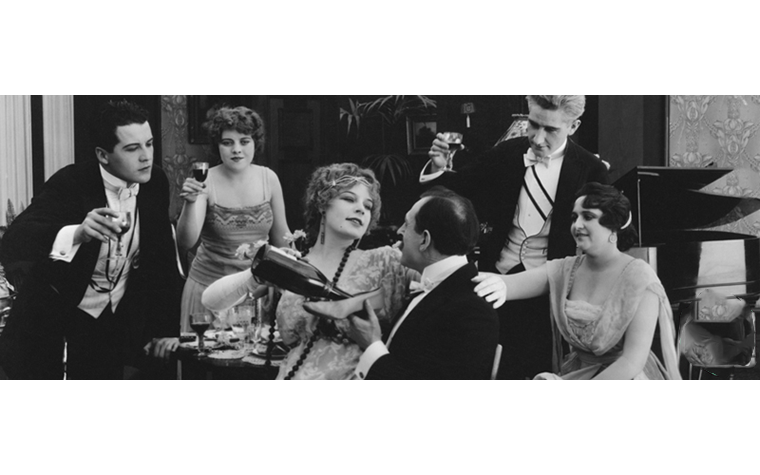 Christmas came early to the Hughes household this year in the form of a Sunday lunch. Mark and I played host to a small family gathering where we ended up drinking wines that we might not otherwise have opened, just for the sake of keeping my mum and my sister happy. Neither of them are big drinkers, but they have diametrically opposite tastes in wine (one prefers robust, tannic wines, the other winces at the merest hint of tannin and favours slightly jammy fruit flavours). I ended up opening far more bottles than I needed to, just to make sure that everyone got at least a glass of something that they might enjoy drinking. Did either of them notice? Probably not, but they both enjoyed their Christmas lunch. Either way, it got me thinking about the different way wine geeks and non-geeks approach the idea of drinking wine in company. I have to admit that, much as I like a good geek gathering, there are times when our obsession with wine can end up marring the occasion for those not equally fascinated by the topic. Given that most of us will be entertaining friends and family over the course of the next few days, I’ve come up with five simple rules that should help the geeks keep the non-geeks happy.
Christmas came early to the Hughes household this year in the form of a Sunday lunch. Mark and I played host to a small family gathering where we ended up drinking wines that we might not otherwise have opened, just for the sake of keeping my mum and my sister happy. Neither of them are big drinkers, but they have diametrically opposite tastes in wine (one prefers robust, tannic wines, the other winces at the merest hint of tannin and favours slightly jammy fruit flavours). I ended up opening far more bottles than I needed to, just to make sure that everyone got at least a glass of something that they might enjoy drinking. Did either of them notice? Probably not, but they both enjoyed their Christmas lunch. Either way, it got me thinking about the different way wine geeks and non-geeks approach the idea of drinking wine in company. I have to admit that, much as I like a good geek gathering, there are times when our obsession with wine can end up marring the occasion for those not equally fascinated by the topic. Given that most of us will be entertaining friends and family over the course of the next few days, I’ve come up with five simple rules that should help the geeks keep the non-geeks happy.
Wine geek v non-geek: 5 rules for harmonious gatherings







